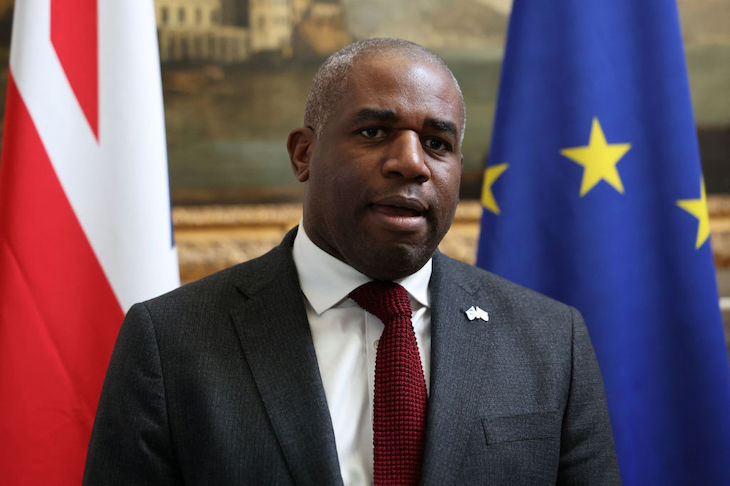The party is floundering. Its leaders are at odds with their activists about what are their core beliefs. It is in danger of being relegated to third place in the popular vote by an organisation whose prominent figures are former members. And many commentators wonder whether the party has any kind of future. No, this is not a description of Rishi Sunak’s Conservative party in the 2024 campaign but of Michael Foot’s Labour party as it faced disbelieving voters in 1983.
Opinion polls since Nigel Farage’s restoration as leader of Reform have provoked feverish speculation about what might happen after the polls close on 4 July. Will Reform and the Conservatives merge, or could Farage’s party simply replace the Conservatives as the main opposition to Keir Starmer’s Labour government? Few seem to believe the Conservative party can survive in its present form. Nobody can predict the future but sometimes history can help us anticipate it; and what happened to the divided left of the 1980s gives us some clues as to the fate of the fractious right of the 2020s.
As we know, Labour survived its 1983 thrashing. This was partly thanks to the first-past-the-post voting system, which meant that while winning 25.4 per cent of votes cast and coming within 700,000 votes of Labour’s total, the Alliance captured only 23 seats. Labour with 209 MPs continued as the Official Opposition with all the advantages, prestige and financial resources that comes with that role. As a consequence – and despite Roy Jenkins making way for the accomplished media performer David Owen as SDP leader – the Alliance found it hard to attract attention. This is probably the fate of a separate Reform party. For while most polls suggest the Conservatives will win fewer seats than Labour in 1983, Farage’s party is predicted to gain at best a handful and perhaps just the one contested by the Reform leader himself. And should Farage be elected MP for the Clacton constituency, if the Conservatives have anything to do with it, he will cut a lonely and impotent figure in Westminster.
Voters are now more fickle in their loyalties
While Labour enjoyed a structural advantage over the Alliance after 1983, more vital to its recovery was the party’ response to defeat. Tony Benn and others wanted Labour to continue its march towards socialism but Foot was succeeded by Neil Kinnock aimed to return the party to the centre ground so as to take votes off the Alliance. This was a slow and difficult process but by 1992 if power still remained beyond his grasp Kinnock had made Labour a viable alternative to the Conservatives and seen off the existential threat once posed by the Alliance.
Conservatives hoping to stave off Reform after the election face a more complex problem to the one addressed by Kinnock. The winning Boris Johnson 2019 coalition has fractured in at least two very different directions – to Labour and to Reform, that is to the party’s left and right. Moreover, Labour in the 1980s could rely on a solid support from traditional working-class voters who voted for the party come what may. In the 2020s, there is no core Conservative vote of comparable strength: voters are now more fickle in their loyalties. Try to win back Reform supporters and the party can wave a permanent goodbye to those ex-Conservatives now in the Labour camp.
This is also the danger inherent to any merger of Reform with the Conservatives. Some commentators on the right imagine that if the conservative electorate is currently divided, it is not permanently vanquished, that once Reform and Conservative votes are combined behind one party Labour will be in trouble. But the merged party Farage wants to lead will follow the low tax and small state agenda adopted by Liz Truss during her brief premiership: Farage even described Kwasi Kwarteng’s September 2022 fiscal event as ‘the best Conservative budget since 1986′. Few voters however agree; and a significant number of Conservatives would also dissent. In any case a merger will probably be a messy and damaging process – as was the unification of the Liberals and SDP when they decided to form the Liberal Democrats after the 1987 election.
This brief comparison between the position of the 1980s left and the 2020s right suggests that whatever happens after 4 July – whether the Conservatives stagger on or merge with Reform – there is no easy path back to office. And, of course, much depends on the success or otherwise of the Starmer government. If the Labour leader demonstrates competence and materially improves the lives of most Britons – as did Margaret Thatcher’s Conservatives – the route will be even more arduous for what is likely to be for some years to come a fractious and navel-gazing Opposition.







Comments